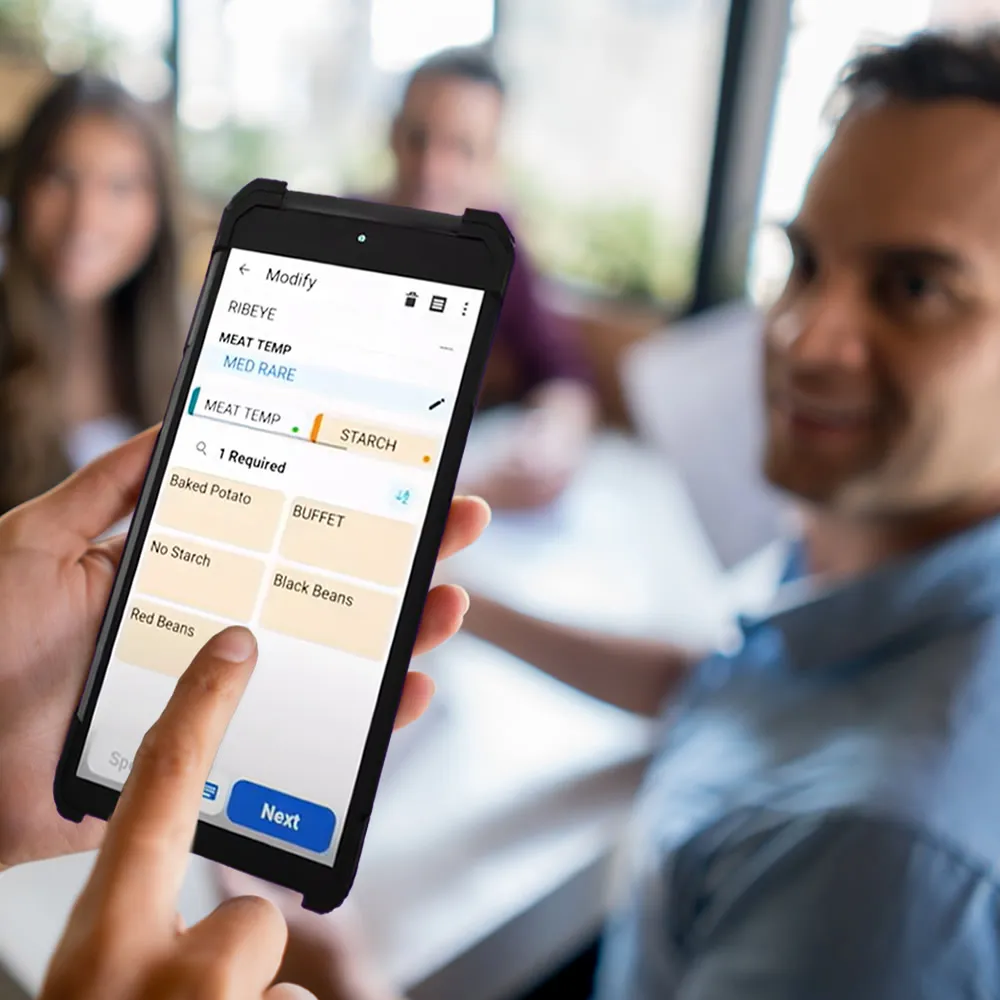In a post-pandemic world, self-service technologies won’t just be a “nice to have.” In fact, the quality of self-service technology execution and experiences will play a larger role in customer satisfaction and have the potential to increase sales per square foot up to 2 percent.
If the pandemic has taught retailers anything, it’s the importance of giving customers more control over their experiences.
Safety is, and will continue to be, the driving concern. And self-service technologies like self-checkout are emerging as key competitive advantages for retailers looking to hit the “reset” button as shoppers consider their post-pandemic lives.
To help understand how retailers can work to create that competitive advantage in the shopping experience, NCR conducted a consumer survey that presented scenarios of a post-pandemic world to the participants. And when we asked what their preferred post-pandemic shopping method will be, their sentiment was loud and clear:

As you can see, shopping in person is not going away as the most popular method of shopping, even as BOPIS (Buy Online, Pick-Up In-Store) and eCommerce gain ground.
This means the competition for consumers with a physical preference will be fierce. In fact, those consumers told us they’re increasingly looking for retailers to create better in-store experiences by fixing two key friction points: general congestion in the aisles and long checkout lines:

Self-service technologies are solving most, if not all, of these friction points. The challenge for retailers today is that self-service is no longer a novel experience. Its ubiquity has increased to the point where most retailers are expected to have at least some form of self-checkout or ordering kiosk.
There is an upside to that need to differentiate, however. Studies have shown there’s a strong and proven link between the quality of your self-service experience, your overall customer satisfaction and sales per square foot.
In fact, NCR estimates that for every 15 percent increase in satisfaction you can drive with self-service experiences, you can increase your overall customer satisfaction by 7.5 percent and, in turn, your sales per square foot by 2 percent.
For every 15 percent increase in self-service customer satisfaction, you can increase overall customer satisfaction by 7.5 percent and, in turn, sales per square foot by 2 percent.
That leaves the ultimate question of how do you differentiate self-service technologies so that they do indeed help increase overall customer satisfaction and drive those increased sales per square foot?
Here are three critical strategies we share with our retail clients:
1. Measure front-end customer experiences & their impact on overall CSAT
First, you have to be able to delineate self-service customer experiences from the overall customer retail experience. Specifically, you have to understand the key factors in self-service technology that directly impact overall customer satisfaction: perceived ease of use, relative speed versus traditional manned touch points and degree of intelligence.
NCR has actually created a means for retailers to measure these three factors—we call it the Consumer Self-Service Satisfaction ScoreSM (CSSS). It’s been linked to not only being able to identify factors that increase customer satisfaction but higher intent to repeat visits.
This kind of measurement methodology is based on research demonstrating that if you can increase satisfaction with self-checkout experiences 10 percent, you can increase overall customer satisfaction 5 percent.
2. Think of self-service as an experience, not just a technology
The second critical strategy is taking what you learn from those three factors and implementing an ecosystem around the technology that supports better experiences.
In particular, you want to understand your customer’s informational needs and support them with signage and on-screen navigation tips. For this, not every customer is going to have the same type of experience.
We encourage retailers to take the feedback from their CSSS surveys and develop shopper personas that can identify average basket sizes, key drivers of store visits and friction points. This analysis can help inform what kinds of associate support you need or even the width of the lanes:

3. Develop a specific, self-service in-store strategy
Finally, we like to say that self-service doesn’t mean no service. In fact, multiple parts of the store, from retail associates to managers to how you staff inventory operations, all play a role in driving customer satisfaction.
Though we’ve gone through a tough year, there are reasons for retailers to be optimistic. The adaptations they've made are pleasing their shoppers and driving them to try new technologies at a rapid pace.
The question will be: who can best execute those technologies as they become less novel and more mainstream?



